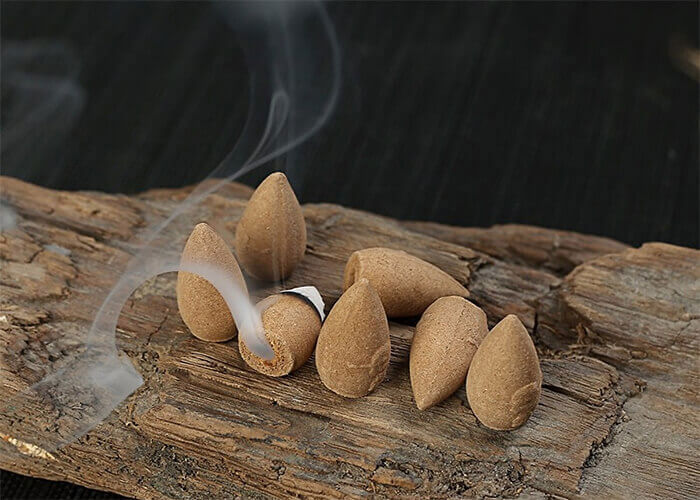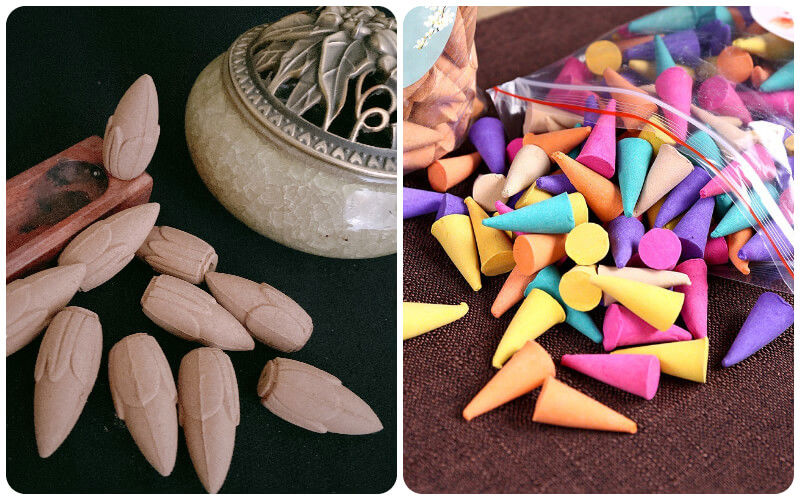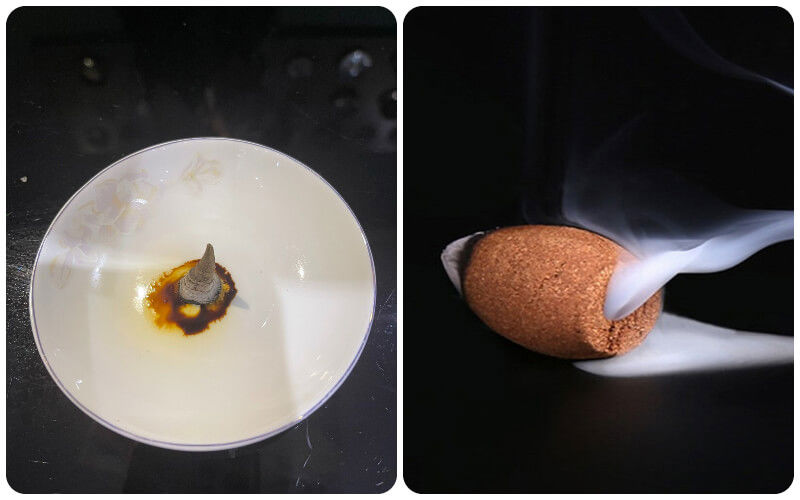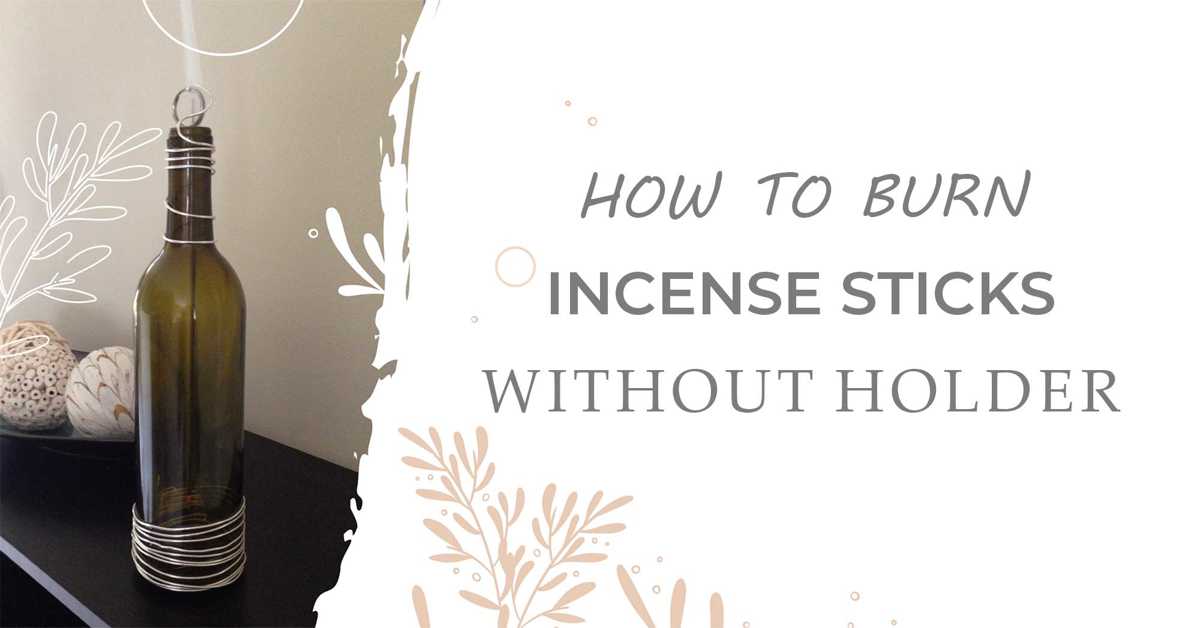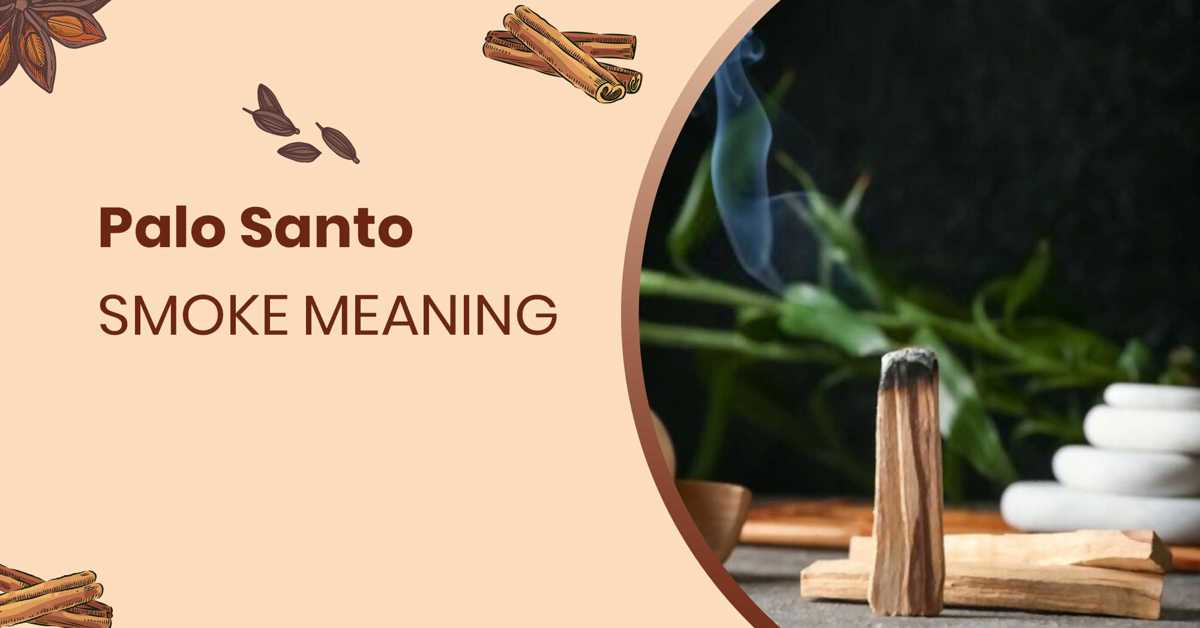Surely you are familiar with traditional incense sticks. They are slender and produce white smoke that rises upward. These incense sticks are a great idea to create a relaxing atmosphere. However, in recent years, incense cones have appeared and are quite popular. They have a distinct cone shape, making them ideal for creating a relaxing atmosphere and beautiful decoration. There are two common types of incense cones. The regular type allows the smoke to rise, while the backflow incense cone creates smoke that flows downward like a waterfall.
In this article, let's explore an overview of incense cones, including their structure, ingredients, uses, and benefits. From there, you will understand the reasons why these small incense cones have the potential to revolutionize the way we use incense.
1. What is an incense cone?
Incense cones are a type of incense that have a distinctive cone shape. They typically have a diameter of about 0.5 cm and a height of 1.5 to 2 cm. They are primarily made from aromatic powders, which consist of herbs and spices that contain a high concentration of essential oils, along with pure Makko powder. This type of incense features various patterns on its surface, including lotus buds, towers, and even bullets.
Benefits
Most incense cones made with natural ingredients will produce abundant smoke that spreads quickly and with a strong aroma. The delicate scent of these cones has a calming and relaxing effect on anyone who smells it. In addition, the smoke from burning incense has been traditionally used to purify spaces, ward off evil spirits, and bring good luck to the household.
At the same time, incense cones can also be beneficial in treating depression, stress, and pain relief. They can enhance concentration, aid in treating digestive ailments, act as a laxative and have diuretic properties.
2. How many types of incense cones are there?
There are two main types of incense cones: the regular type and the type with a hole in the center.
Regular incense cones: The regular type has no hole in the center and can be used by most burners. It is perfect for everyday use.
Backflow incense cones: Meanwhile, the type with holes in the center is called backflow incense cones. To burn this type of incense requires a special burner, a backflow incense burner. When burning it will allow the smoke to flow downward, creating a waterfall-like effect. This type is perfect for special occasions.
Read the article comparing regular incense cones and backflow incense cones to understand the distinctions between the two types.
3. Identify quality incense cones
With the boom of the market, many types of incense cones have appeared. Including those made from chemicals. Below are some of my experiences in identifying natural incense cones.
Color:
Natural incense cones usually only have dark colors, characteristic of the materials from which they are made. Incense containing synthetic chemicals will exhibit a variety of vibrant colors, rather than a dark brown hue.
Fragrant:
Natural incense cones only have a faint scent but gradually deepen over time. The more you smell it, the more comfortable you feel, without experiencing any headaches.
Incense cones created using synthetic compounds produce a potent odor that is often accompanied by chemical scents, sometimes even resembling a fishy smell. Regardless of the intensity of the fragrance, inhaling it can cause discomfort and lead to headaches.
Packaging:
Natural incense cones should include a reputable brand, the place of production, the expiration date, and a list of ingredients. As for incense cones that contain chemicals, they usually contain common ingredients such as lemon and grapefruit scents.
Other features:
When burned, natural incense cones will release essential oils, while synthetic ones will not.
All of the above points are based on my own experience. I suggest experimenting and finding reputable places to purchase high-quality products.
4. How to properly light incense cones?
Normally, incense cones are burned and placed in porcelain or bronze incense burners. This device is specifically designed for burning incense cones. For stick incense or backflow incense, you will need different types of incense burners.
Below are details on how to burn incense cones.
Step 1. Place the incense cone on a heat-resistant surface, such as an ashtray or ceramic dish. In case you have backflow incense cones and want to create a smoke waterfall effect, you must have a backflow incense burner.
Step 2. Hold a lighter or match to the tip of the cone and allow it to burn for about 5 - 10 seconds.
Step 3. Blow out the flame and enjoy the fragrance!
Lighting an incense cone is relatively easy and is quite similar to lighting a regular incense stick. In the process of burning incense, you should pay attention to the following factors.
- Check the cones carefully to see if it’s damp or moldy. Moldy cones are difficult to burn and can cause an unpleasant scent during use.
- Because of its very short size, you can use tweezers to grip the cone when burning so that your hands won’t feel hot or burned.
- If the flame on the cone does not go out on its own, you can fan it or gently blow it off.
You can choose for yourself a favorite scent through the article: Best smelling backflow incense cones.
Conclusion
That’s all there is to it! We hope you enjoyed this guide and found it helpful. Incense cones are a great way to add a touch of fragrance and ambiance to any room, so be sure to give them a try. Let us know what you think in the comments below, and feel free to share your own tips for using incense cones. Happy burning!
Related articles
Show moreSource
1. Lighting Backflow Incense Cones
https://www.youtube.com/watch?v=ORNHkO2FAF4

